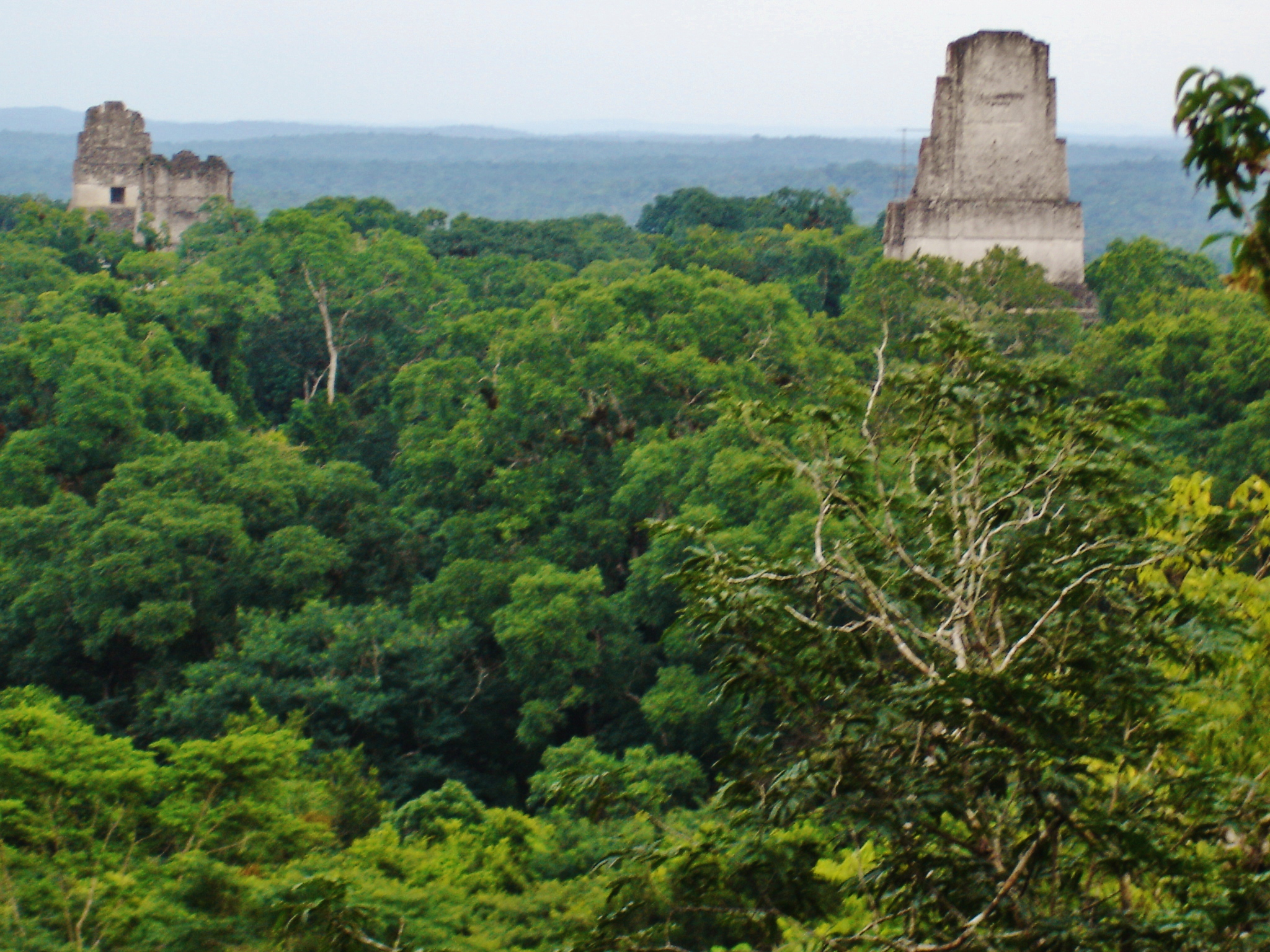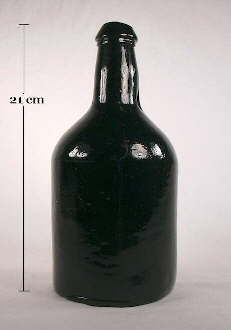Platicorn
Platicornus Prodigalis
Introduction
The Platicorn
is a peculiar creature that, to this day, few have ever seen and lived to tell
of it. It is a hybrid, with 50% Platypus, 33.3% Unicorn and 10%
Eagle, and 6.7% Dragon, an amazing and hardly
credible mix that humans are still to this day wondering about. It is a
warm blooded carnivore, and highly dangerous, because of its poisonous horn. It
is said to live in swampy areas, mostly in warm places. Because of their huge
territories (up to 18 acres squared) that males protect with their lives; there
are said to be less than 150 specimens left in the wild.
A
Platicorn habitat.
Description
The
Platicorn is an amazing creature, being as big as a school desk without
counting the bill or the tail. It looks like a Platypus with bird wings and a
horn. It has a very strange tail: like a mule tail attached to a beaver tail. Before
mating, its horn is black, because of the poison, but after matting, the poison
will be gone, and it will turn gold.
An picture view of a
pre-mating horn
Mating
The mating
season starts in March and ends on the final days of April. It is a very
complex ritual that biologists are just barley starting to understand the
motives and the whole scheme of.
Biologists
think a male of around ten years of age will go up to a female of its choice
and tap her horn with his poisonous black horn and injects the poison, causing
the female to get pregnant with eggs. (Platicorns are mammals, but like the
Platypus, they lay eggs) The male then shoos the female away, being left
vulnerable without his deadly poison.
1-2 months
later, the female will lay the eggs and die about one week later, because of
the poison. After about ten days, the eggs will hatch and the hatchlings battle
each other. The strongest and the healthiest will then will eat the other dead
siblings. It will then go on to eat the body of the poisoned mother. Babies are
immune to the poison till the age of two, but they are still far from safe.
Habitat
Platicorns
live in swamps in North and South America, Parts of Europe, Australia, and
Reunion Island. They love sun and heat, but also enjoy the cold because it
sharpens their senses and distracts their prey. They often sleep in rot away
logs and holes in fallen trees. Males will never let other males in their
territory, especially during the mating season. If other males enter, horrible
fights will occur, usually ending in death. Their huge territories are often in
danger also because of pollution and other human causes.
Diet
The Platicorn is a fierce
carnivore, eating an average of 50 pounds of meat daily. They love to eat humans when they can. They also eat animals such as Alligators,
Pigs, Jaguars, other Platicorns, Dogs, and other small prey. However, they are
very adaptable. During tough times, they will eat long dead bodies and
sometimes vegetation. There has been a record of a hungry, stray Platicorn
taking down an African bull elephant in Nigeria.
Hunting
The Platicorn will survive by hunting
only once a week. Its hunting techniques are very effective, since they are
perfectly adapted to his surroundings. It hunts by using its magnificent wings
to fly above the canopy so that it can see its prey, but the prey doesn’t see
him. From up in the air, it singles out its prey with its very evolved eyes,
and then it dives down horn first into the desired prey. It then holds the prey
still as it injects the poison into it. When the prey dies, the Platicorn then
brings the dead prey to its barrow to eat in privacy. In the occasion that it
doesn’t finish it. The predator saves some for another time by burring it in
mud.
Limiting Factors
Platicorn have a lot of limiting factors,
ranging from natural factors to human caused ones. The Platicorns are very
picky and violent animals. Territory is everything for them. They find a piece
of land they like, and then they push out the occupying male by killing it.
With the territory, they also acquire the right to any female that wonders in
the territory, and to the recourses in the land. The territories are usually
about 18 acres squared, but can be more. The males protect these immense
territories with their life, and are always ready to die before letting another
male take them. They will not move into the territory of a deceased male unless
they have killed the old occupier themselves. However, to make matters worse
for the species, humans are always destroying the lands, polluting them, or
turning the rainforests or swamps into grassland for cattle. As far as
biologists know, no other animals except Platicorns themselves hunt Platicorns,
because they are far too dangerous, but fierce predators such as the jaguar
will still attempt to prey the hatchlings in times of hunger. Platicorns are
not very vulnerable to common animal diseases, but are quite defenseless to a
very rare species of bacterium called Cornisemveri, which makes male
Platicorns’ horns fall off.
A
male Platicorn
History
Platicorns originated from the Nile Delta as herbivores around 100,500 B.C. They then moved up towards Greece to the river Acheron for reasons unknown to archeologists in about 100,300 B.C. They found the habitat to their liking, especially the humidity. However, they found that their herbivore needs couldn’t be met, so, over the course of around 100,000 years they became carnivores. It was now around 300 B.C., and the Greeks were desperate to get rid of these bloodthirsty animals. The Platicorns, however, fixed the situation simply: They left the land and migrated again, this time to swamps and rainforests all over Asia and Africa. At this point, most Platicorns adapted again by gaining wings and poison. Other Platicorns soon died, defenseless to the other males. The species than divided, some going to Australia, and some even braving the Pacific to go to the Pacific Islands. There, some settled, while others went to the Americas and the Caribbean. There, the Platicorns that had arrived found themselves at home. The land suited their needs perfectly, and the species grew in those lands more than ever. Most Platicorns now dwell in these regions.
Mythology
There are some legends in
Greece and Macedonia that the Platicorn is said to have originated from Olympus
as a weapon against the evil Titans. It was made powerful and smart by Zeus to
fight monsters, which proved to be effective. Since the Gods had won. The
Platicorn gained so much power and strength that he began to notice how the
gods treated him inferiorly to them. He began to plot Olympus’s downfall, and,
sure enough, the mighty Platicorn declared war on Zeus. At the time, the fierce beast was blinded by
rage and pride, and had no idea of how strong Zeus was, so he lost the
war. Zeus and the Olympians cast the
Platicorn down to Earth as punishment, striping him of his intelligence, his
immortality and his memory of his previous life. It found its way to the damp swamps
and rainforest and settled in. But, even without his lost intelligence, he
still held on to a memory of being wronged. He would take his anger out on life
on earth, even on his own kin.
Religion
Platiccinioun is an ancient
religion, which very few people believe in today. It originated in the Amazon; where very few
temples still exist there. Very few
people still believe in this religion.
They strongly believed that man was inferior to the majestic Platicorns,
and very often rowed the sacrifices into Platicorn infested swamps. The
sacrifices would then be tied to logs and would be helpless from the merciless
Platicorns. The Platicciniouns would do these gory rituals often, especially when
they thought they had done something wrong. This grizzly “religion” has been
passed on from generation to generation for a long time, but it is gradually
coming to a stop as knowledge, technology and civilization is also coming to
these dark corners of the human world.
An ancient Platiccinioun pyramid temple
Poison Effect
The male Platicorns’ horn is
very dangerous because it is full of deadly Platicorn poison. The poison is
colored black, and will bring death to a victim after a couple of seconds. The poison has no known cure, since, in a few
seconds, it stops blood flow to the limbs, destroys nerves, and destroys brain
tissues. It is highly corrosive, but, strangely, pain free. Ever Platicorns
poison is slightly different, and a Platicorn is immune to its own poison. A male is immune to the poison of another
Platicorn until mating time, but it is very vulnerable after the process.
This amount of Platicorn poison is enough to kill 20 grown men





No comments:
Post a Comment